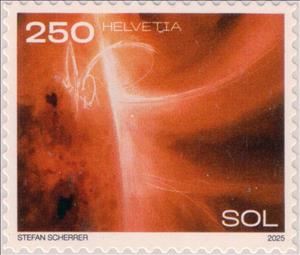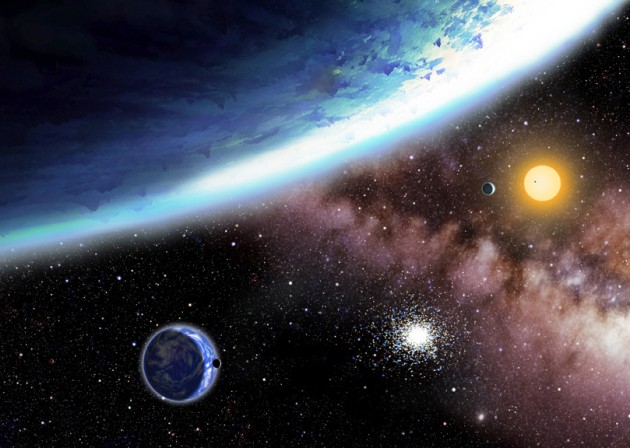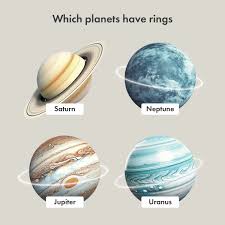Stamp: Sun (Switzerland 2025)
Sun (Switzerland 2025)
06 March (Switzerland ) within release Our Solar System goes into circulation Stamp Sun face value 250 Swiss centime
| Stamp Sun in catalogues | |
|---|---|
| Colnect codes: | Col: CH 2025.03.06-19 |
Stamp is horizontal format.
Also in the issue Our Solar System:
- Stamp - Earth face value 120;
- Stamp - Jupiter face value 200;
- Stamp - Mars face value 20;
- Stamp - Mercury face value 10;
- Stamp - Moon face value 5;
- Stamp - Neptune face value 140;
- Stamp - Saturn face value 190;
- Stamp - Sun face value 250;
- Stamp - Uranus face value 170;
- Stamp - Venus face value 100;
Stamp Sun it reflects the thematic directions:
Astronomy is a natural science that studies celestial objects and the phenomena that occur in the cosmos. It uses mathematics, physics, and chemistry in order to explain their origin and their overall evolution. Objects of interest include planets, moons, stars, nebulae, galaxies, meteoroids, asteroids, and comets. Relevant phenomena include supernova explosions, gamma ray bursts, quasars, blazars, pulsars, and cosmic microwave background radiation. More generally, astronomy studies everything that originates beyond Earth's atmosphere. Cosmology is a branch of astronomy that studies the universe as a whole. .
A planet is a large, rounded astronomical body that is generally required to be in orbit around a star, stellar remnant, or brown dwarf, and is not one itself. The Solar System has eight planets by the most restrictive definition of the term: the terrestrial planets Mercury, Venus, Earth, and Mars, and the giant planets Jupiter, Saturn, Uranus, and Neptune. The best available theory of planet formation is the nebular hypothesis, which posits that an interstellar cloud collapses out of a nebula to create a young protostar orbited by a protoplanetary disk. Planets grow in this disk by the gradual accumulation of material driven by gravity, a process called accretion.
The Sun, also known as Sol, is a star at the center of the solar system. It is a white star that gives off different types of energy such as infrared energy (heat), ultraviolet light, radio waves and light. It also gives off a stream of particles, which reaches Earth as "solar wind". The source of all this energy is nuclear fusion. Nuclear fusion is the reaction in the star which turns hydrogen into helium and makes huge amounts of energy. It is a nearly perfect ball of hot plasma.



